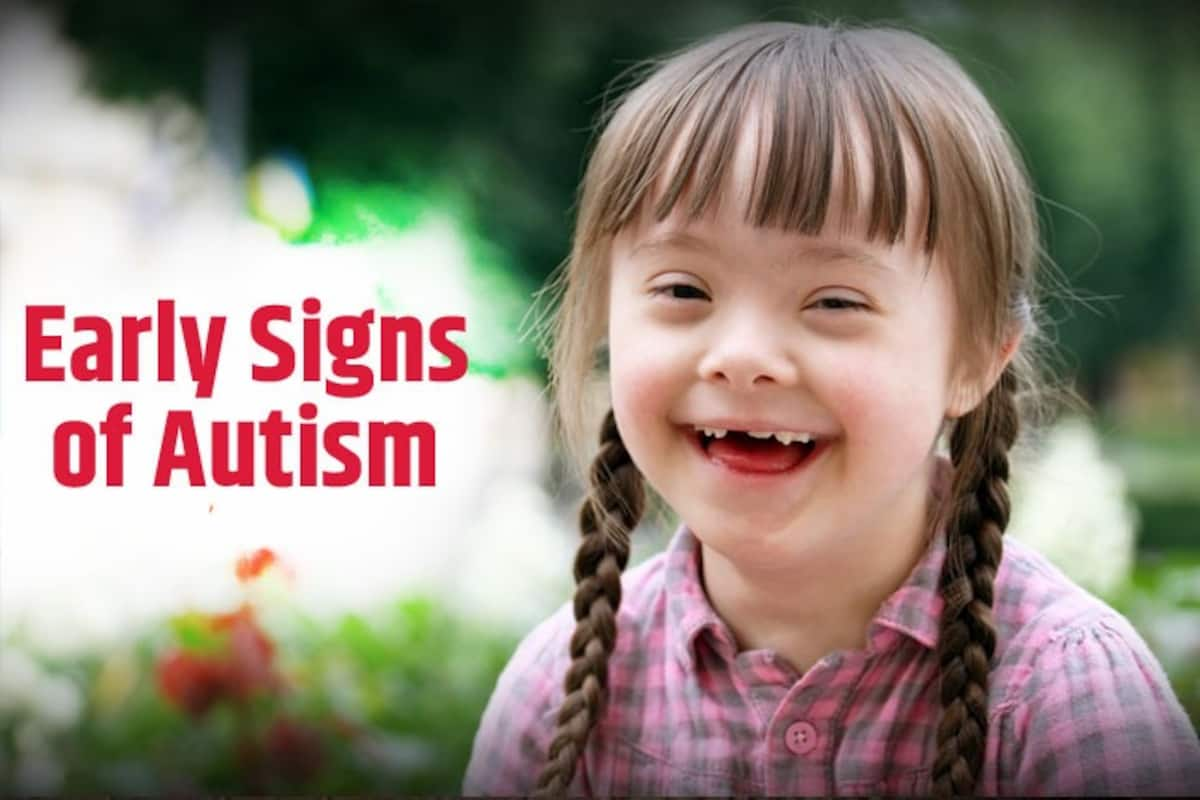The Relevance of Family Members Assistance in the Trip with Autism
The Relevance of Family Members Assistance in the Trip with Autism
Blog Article
Checking Out Autism: Techniques for Effective Interaction and Communication
Reliable interaction and communication with people on the autism range require a thorough understanding of their unique demands and choices. Techniques such as using clear language, making use of aesthetic assistances, and cultivating constant routines can considerably improve involvement and lower anxiousness. Recognizing the value of non-verbal signs and shared passions leads the way for significant connections. The ins and outs of these approaches reveal additional factors to consider that merit exploration, particularly in how they can be adjusted to individual experiences and diverse contexts. What might these adjustments resemble in method?
Comprehending Autism Range Disorder
Autism Range Disorder (ASD) includes a variety of neurodevelopmental problems defined by obstacles in social communication, communication, and recurring behaviors. The term "range" reflects the varied indications and differing degrees of intensity experienced by individuals with ASD. While some might display significant disabilities, others might present high-functioning qualities, enabling better freedom in every day life.
The start of ASD commonly occurs in very early childhood years, with signs often recognizable by age 2. Very early signs might include delayed speech growth, minimal eye call, and troubles in understanding social cues. Although the exact etiology of ASD continues to be uncertain, research recommends a combination of ecological and genetic factors plays a crucial role in its growth.
As an outcome, interventions and support customized to specific needs are crucial for fostering communication and social abilities. Identifying the intricacy of ASD is essential for promoting understanding, acceptance, and reliable strategies that facilitate purposeful communications with individuals on the spectrum.

Significance of Clear Interaction
Reliable interaction is essential for cultivating understanding and connection, particularly for people with Autism Range Problem (ASD) Clear interaction not only assists in social communications yet likewise improves the individual's ability to express their thoughts, feelings, and needs. For individuals with ASD, the nuances of language can typically be testing; for that reason, using straightforward and distinct language is important.
Additionally, clear communication helps minimize aggravation and anxiousness that may arise from misunderstandings. When messages are communicated in a straight and regular manner, people with ASD are much better furnished to translate details properly, which can dramatically boost their social engagement and involvement in various setups.
Developing routines and using aesthetic supports can better strengthen clear interaction. These techniques offer people with foreseeable frameworks that aid comprehension and retention of info. In addition, actively being and paying attention person during interactions advertises a helpful setting where people with ASD really feel valued and comprehended.
Eventually, focusing on clear communication not only equips people with ASD but also promotes even more meaningful connections with their peers, caregivers, and the broader neighborhood, paving the method for collective connections and inclusive communications. - autism
Non-Verbal Communication Techniques
Communication extends past words, and for people with Autism Spectrum Disorder (ASD), non-verbal cues play a considerable duty in interactions. Non-verbal communication methods can consist of faces, motions, body language, and eye call, every one of which function as important parts for communicating feelings and intents.
Comprehending and analyzing these non-verbal signals can boost communications with individuals with ASD. A warm smile or open position can develop a welcoming atmosphere, encouraging involvement. Using visual aids-- such as picture cards or signs-- can connect interaction spaces and help convey messages much more properly.
It is additionally essential to be conscious of individual space, as people with ASD may have different convenience degrees concerning closeness. Observing their reactions to physical nearness can inform ideal adjustments.

Producing Supportive Atmospheres
Developing a helpful setting is critical for promoting favorable communications and improving the well-being of individuals with Autism Range Condition (ASD) Such settings can considerably decrease anxiousness and produce a feeling of safety, permitting people to share themselves my site a lot more openly.
To achieve this, it is essential to think about sensory level of sensitivities that people with ASD might experience. Customizing the physical room to include soft lights, marginal background noise, and comfy seating can create a relaxing ambience. Additionally, using constant regimens and clear visual timetables can assist individuals anticipate shifts and minimize uncertainty, more advertising convenience.
Social rooms must be structured to reduce frustrating stimuli while providing chances for interaction in preferred tasks. Helping with locations marked for peaceful time can likewise act as a haven throughout minutes of anxiety. Significantly, integrating aspects of choice encourages people, enabling them to exercise company in their environment.

Encouraging Social Interactions
Fostering social communications among individuals with Autism Range Disorder (ASD) requires deliberate techniques that focus on convenience and engagement. Developing foreseeable regimens can help in reducing stress and anxiety, making social setups much more friendly. Producing structured settings with defined responsibilities and functions permits individuals to engage without the overwhelming pressure of unstructured social characteristics.
Integrating rate of interests and strengths right into social tasks can act as a visit this site right here driver for communication. Organizing team activities around shared hobbies or topics of attraction can promote all-natural discussions and connections. Furthermore, utilizing visual supports, such as pictorial timetables or social scripts, can aid in understanding social hints and expectations.
Modeling appropriate social actions is critical - autism. Peers and adults need to show reliable interaction techniques, including energetic listening and turn-taking. Role-playing circumstances can also offer a secure area for individuals to exercise these skills
Last but not least, promoting peer partnerships with comprehensive techniques is important. Motivating inclusive playdates or group outings can produce possibilities for socializing in a comfortable setup. By carrying out these read this caretakers, educators and approaches can dramatically enhance social communications for people with ASD, advertising their total social development and wellness.
Conclusion
In conclusion, reliable communication and communication methods are important for sustaining people with Autism Range Disorder. Ultimately, these methods empower people with autism to browse social landscapes, promoting their general health and allowing the advancement of long-term connections.
Reliable communication and communication with individuals on the autism range necessitate a comprehensive understanding of their distinct needs and choices. Clear interaction not just assists in social interactions however likewise improves the individual's ability to express their ideas, feelings, and demands.Cultivating social communications among people with Autism Spectrum Problem (ASD) requires deliberate methods that prioritize convenience and interaction. By implementing these methods, caretakers and educators can considerably improve social communications for individuals with ASD, promoting their overall social advancement and well-being.
In conclusion, efficient interaction and interaction strategies are important for supporting people with Autism Spectrum Problem.
Report this page